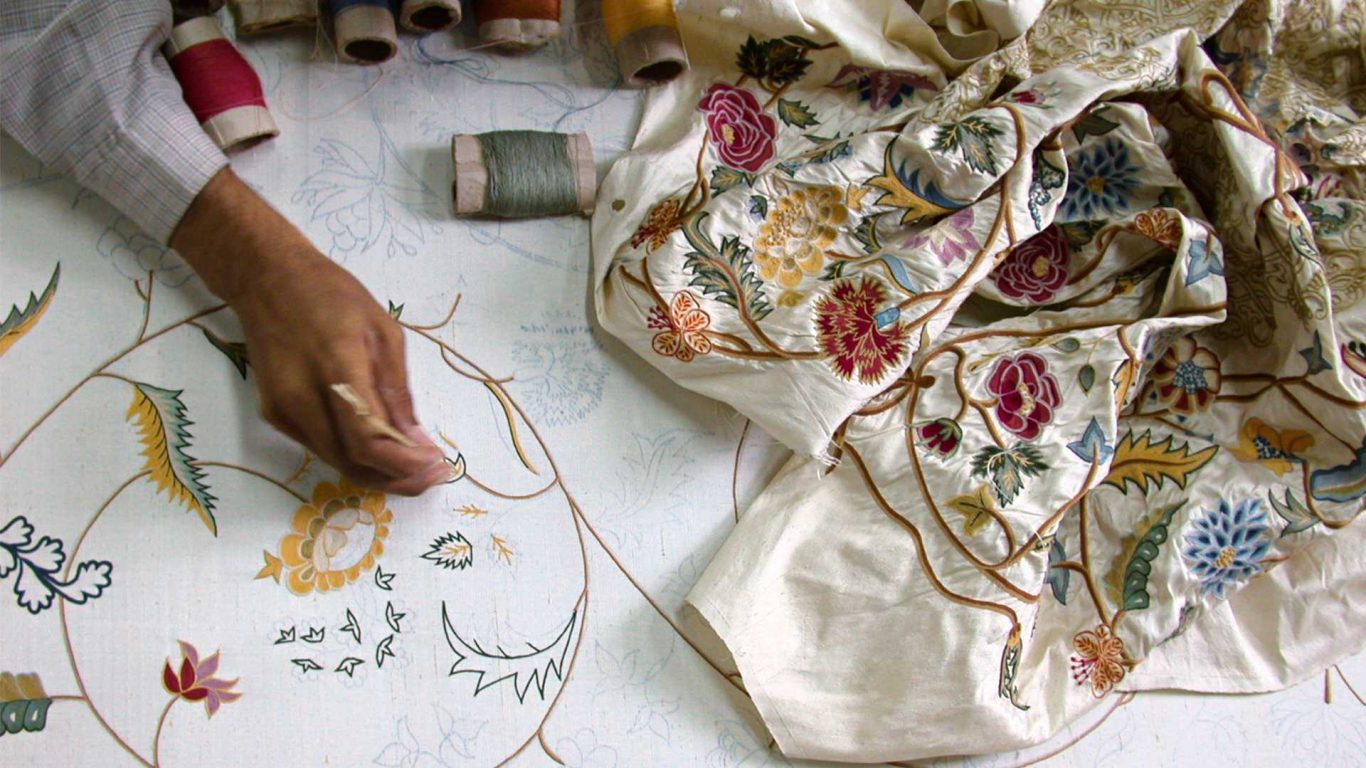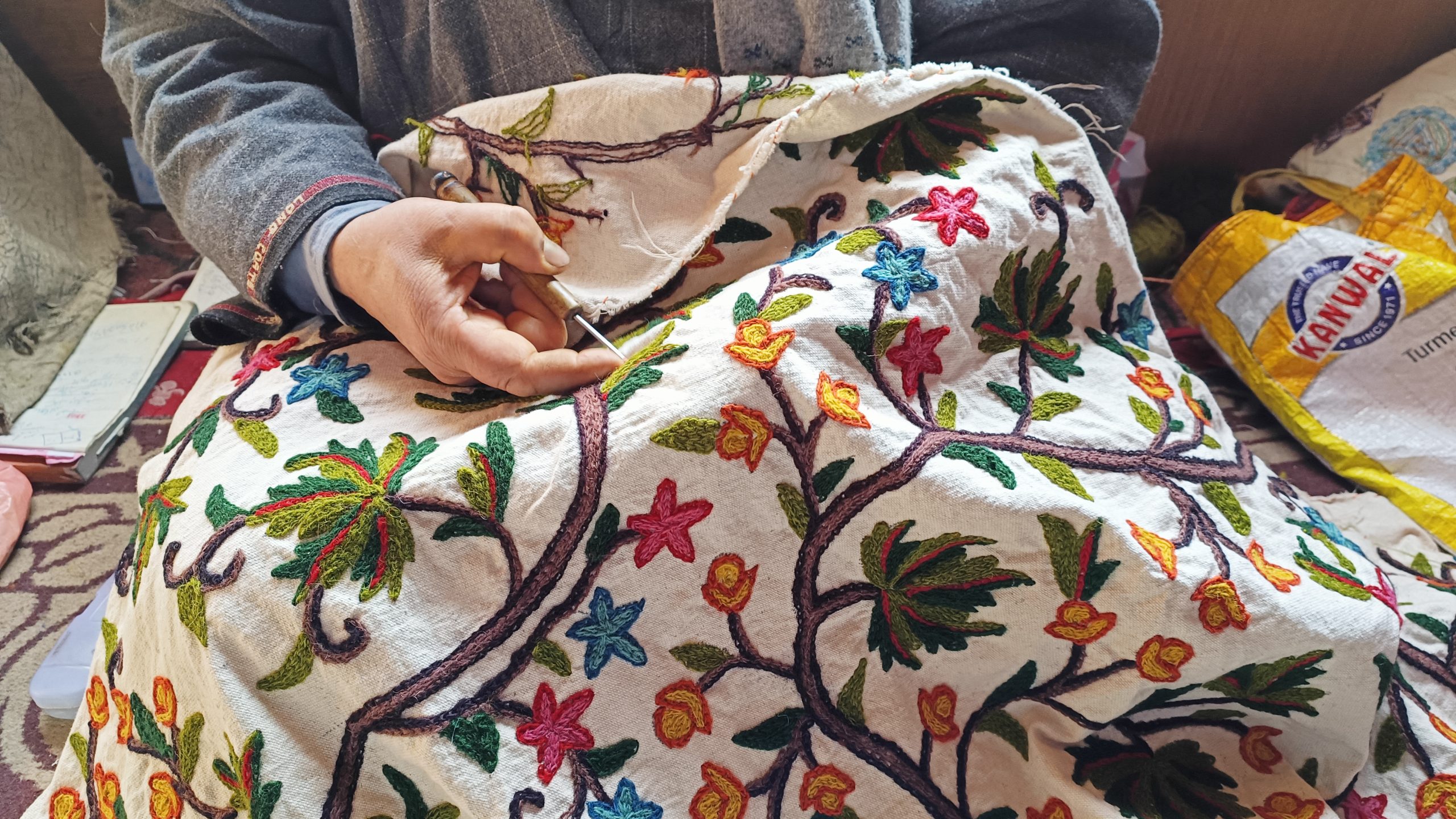
From Tradition to Trend: Women Artisans Adapting Crafts for Modern Markets
Craftsmanship is an age-old tradition that has been an integral part of human history. For centuries, women artisans have played a pivotal role in preserving and passing down these crafts, often rooted in their cultural and regional identities. Today, these traditional crafts are not only surviving but thriving in modern markets, thanks to the resilience and innovation of women artisans who are bridging the gap between heritage and contemporary trends.
The Legacy of Women Artisans
Women have historically been the custodians of traditional crafts, creating everything from textiles and pottery to intricate jewelry and home decor. These crafts have been more than just economic activities; they are expressions of culture, history, and artistry. Despite the challenges of modernization and industrialization, women artisans have continued to uphold these traditions, often working within close-knit communities where skills are passed down through generations.
Challenges Faced by Women Artisans
- Limited Market Access: Many women artisans operate in rural or remote areas, making it difficult to connect with broader markets.
- Competition from Mass Production: The rise of machine-made goods has posed a significant challenge to handcrafted products.
- Financial Constraints: Lack of access to capital often limits their ability to scale or innovate.
- Recognition and Visibility: Women artisans are often underrepresented and undervalued in the global market.
The Shift: Adapting Crafts for Modern Markets
To overcome these challenges, women artisans are embracing change and innovation. Here’s how they are transforming traditional crafts to meet contemporary demands:
1. Modern Designs with Traditional Techniques
Artisans are reimagining age-old techniques to create products that resonate with modern aesthetics. For example, handwoven textiles are being used to design chic apparel and accessories, appealing to a younger, trend-conscious audience.
2. Collaboration with Designers
Many women artisans are collaborating with contemporary designers to co-create unique products. These partnerships blend traditional craftsmanship with modern design sensibilities, resulting in innovative collections that stand out in the market.
3. Sustainability as a Selling Point
With the growing demand for sustainable and ethically-made products, women artisans are leveraging their eco-friendly and handmade processes. Crafts made from natural materials or recycled goods are gaining significant traction among environmentally conscious consumers.
4. E-commerce and Digital Platforms
The advent of digital marketplaces has revolutionized how women artisans sell their products. Platforms like Etsy, Amazon Handmade, and region-specific websites have enabled them to reach a global audience, breaking geographical barriers.
5. Storytelling and Branding
Artisans are using storytelling to connect with consumers, highlighting the cultural significance and personal narratives behind their crafts. This approach not only adds value to the product but also fosters a deeper connection with buyers.
Case Studies: Success Stories of Women Artisans
- The Revival of Kantha Embroidery: Women artisans in Bengal have adapted this traditional embroidery technique to create modern garments and home decor items, gaining popularity in global fashion markets.
- Jewelry from Jaipur: Female artisans in Jaipur are blending traditional gemstone cutting techniques with contemporary designs, catering to both local and international markets.
- African Beadwork: Women in Kenya are using traditional beadwork to create modern jewelry and accessories, supported by NGOs and global fashion brands.
The Impact of Modern Markets
- Economic Empowerment: Adapting to modern markets has enabled many women artisans to achieve financial independence, supporting their families and communities.
- Cultural Preservation: By integrating traditional crafts into contemporary markets, these artisans are ensuring that their cultural heritage remains relevant and celebrated.
- Global Recognition: Increased visibility and appreciation for their work have brought women artisans to the forefront of global art and design.
Looking Ahead
The future of women artisans lies in their ability to continue evolving while staying true to their roots. With increasing consumer interest in authentic, handmade, and sustainable products, the opportunities for these artisans are vast. Governments, NGOs, and private enterprises also have a role to play in supporting these artisans through training, funding, and market access initiatives.
Conclusion
From tradition to trend, women artisans are proving that heritage and innovation can coexist beautifully. Their journey of adapting traditional crafts for modern markets is not just a story of survival but one of triumph and transformation. By supporting their work, we celebrate not only their craftsmanship but also their resilience and creativity, ensuring that these timeless traditions continue to inspire generations to come.










